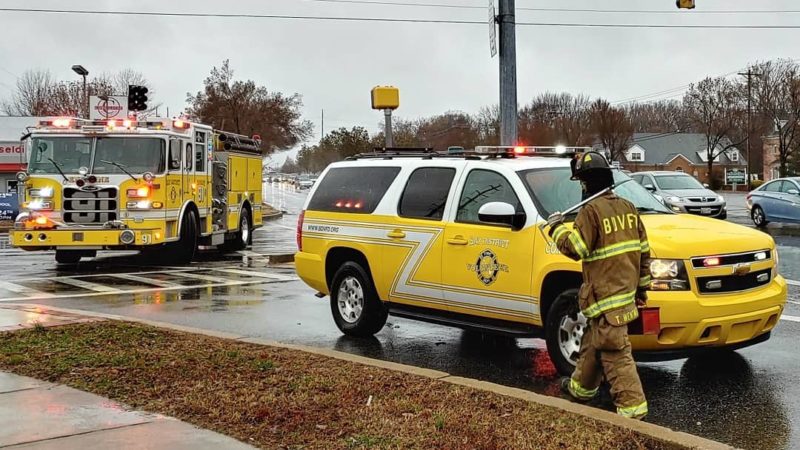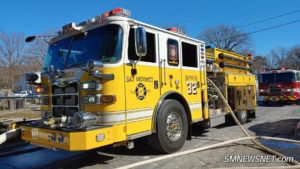 Southern Mayland News Net Sat down and spoke with representatives from the Bay District Volunteer Fire Department, they wanted to share some good news with the citizens of the Eighth Election District and surrounding Districts. They informed us that their ISO Rating has dropped again in the community. It’s all a little complicated, so we will try to explain it below.
Southern Mayland News Net Sat down and spoke with representatives from the Bay District Volunteer Fire Department, they wanted to share some good news with the citizens of the Eighth Election District and surrounding Districts. They informed us that their ISO Rating has dropped again in the community. It’s all a little complicated, so we will try to explain it below.
According to Fire Chief Robert Wahrenbrock, the department has worked tirelessly to achieve this new goal through training, response time, mutual aid from neighboring departments, communications and water supply to name a few. Bay District VFD is now one of only five departments in the State of Maryland and one of fifteen hundred in the Nation to achieve this goal. To make it simple to understand – the lower the ISO rating number means the department can provide a better service.
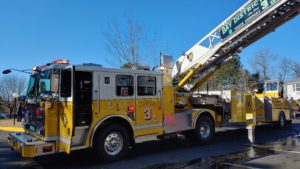 The ISO (Insurance Service Office) is an Organization used to improve the management of our department or benchmark its performance. It is needed to correct any deviations from the quality path and keep us focused on our goals to offer the highest quality fire protection possible.
The ISO (Insurance Service Office) is an Organization used to improve the management of our department or benchmark its performance. It is needed to correct any deviations from the quality path and keep us focused on our goals to offer the highest quality fire protection possible.
Bay District VFD received an ISO Class 3 Rating in 2014 and set out to lower it to an ISO 2 Rating right away. This proved to be very challenging to the Department but not impossible. The Department started by increasing its training through in house training and through the Maryland Fire and Rescue Institute of the University of Maryland. The department had already received bids on a new four-story fire training facility that was erected soon thereafter at the Lexington Park property. Shortly afterwards, the department purchased a flashover simulator that gives firefighter real time extreme conditions and shows them how these situations occur in a controlled environment.
 The live-in program at both of our stations contributes to a faster response time when calls are dispatched, this program originated in the department back in the late 1970s using three bunkbeds donated from Patuxent River NAS. This program has grown tremendously over the years and the department now has both private and open sleeping quarters at both stations.
The live-in program at both of our stations contributes to a faster response time when calls are dispatched, this program originated in the department back in the late 1970s using three bunkbeds donated from Patuxent River NAS. This program has grown tremendously over the years and the department now has both private and open sleeping quarters at both stations.
Bay District VFD also established a rural water supply program to include erecting signs in our response area that show the location of all ponds and water sources that assist theirs and mutual aid departments responding to non-hydrant areas. The department has led an Active911 program that is almost Countywide and now activated through the dispatch center in Leonardtown. The program tracks and gives directions to addresses throughout the County, shows hydrant locations, lets the departments upload pre-plans to high risks buildings and gives the individual Departments a jump start on the type and location of a call most times prior to dispatch.
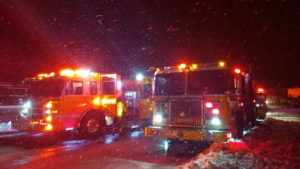 Mutual aid from other Departments assist with lowering the ISO score by the amount or resources available through other responding Departments in the adjoining communities. Bay District has a Mutual aid agreement with the Naval District Washington Fire and Emergency Service Department (NDW) that gives them four personnel staffed Engine Company 24/7 and as of January 1, 2019, an additional four personnel staffed aerial ladder company, these two units are staffed 24/7 365 days a year and ensures an instant response to the eighth election district and beyond.
Mutual aid from other Departments assist with lowering the ISO score by the amount or resources available through other responding Departments in the adjoining communities. Bay District has a Mutual aid agreement with the Naval District Washington Fire and Emergency Service Department (NDW) that gives them four personnel staffed Engine Company 24/7 and as of January 1, 2019, an additional four personnel staffed aerial ladder company, these two units are staffed 24/7 365 days a year and ensures an instant response to the eighth election district and beyond.
The Bay District Volunteer Fire Department continuously strives to advance in all aspects of firefighting to include technical rescues, communication, response time and anything related to ensure the protection of life, property and the environment to all incidents that they are dispatched.

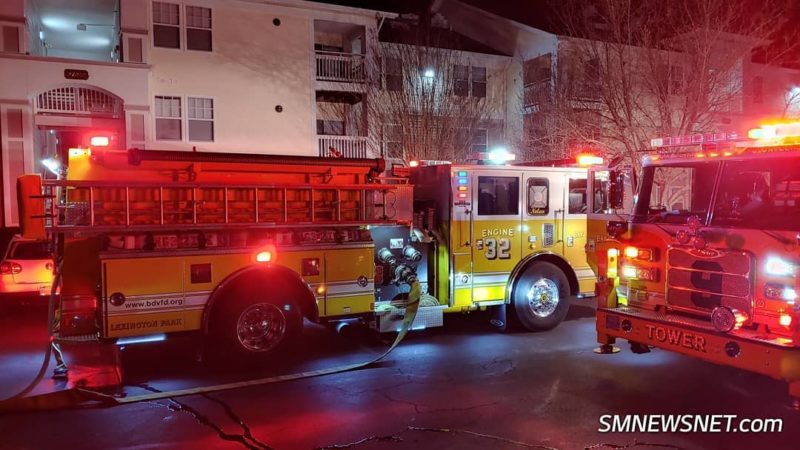
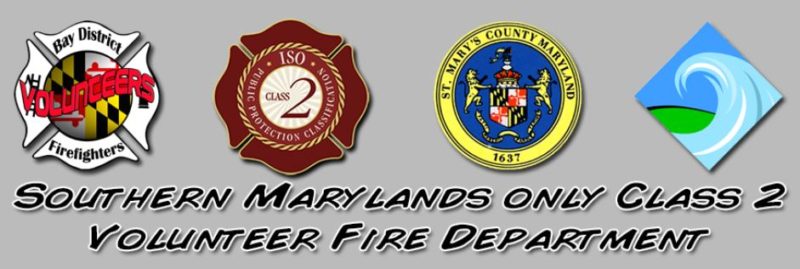
What does the Class 2 ISO rating mean?
According to the Insurance Service Office (IS0) Public Protection Class (PPC) survey Bay District VFD’s response area fire protection rating is now a Class 2 rating.
Bay District VFD Public Protection Class (PPC) survey improved from a Class 3 to a Class 2 effective March 1, 2019. The new classification places Bay District in the top 2% or one of only 5 communities in the State of Maryland with a Class 2 ISO rating. Maryland has only four other communities that have a Class 2 rating and two with a Class 1 rating.
The fire protection rating for Bay District was determined in a 2018 Insurance Service Office (ISO) – Public Protection Class (PPC) survey. The PPC classification system assigns a number grade from 1 – 10 to the 49,010 communities across the United States including 267 communities in Maryland. An ISO Class 1 represents an exemplary fire suppression program, and Class 10 indicates that the area’s fire suppression program does not meet the ISO’s minimum criteria.
This grading schedule plays an important role in the underwriting process at insurance companies. ISO documents state that most insurers – including the largest ones – use PPC information for underwriting and calculating premiums for residential, commercial and industrial properties.
The PPC program evaluates communities according to a uniform set of criteria. These criteria incorporate nationally recognized standards developed by the National Fire Protection Association and the American Water Works Association.
The following community features are evaluated:
- Emergency communications
A maximum of 10 points of a community’s overall score is based on how well the fire department receives and dispatches fire alarms. The field representatives evaluate:- the emergency reporting system
- the communications center, including the number of telecommunicators
- computer-aided dispatch (CAD) facilities
- the dispatch circuits and how the center notifies firefighters about the location of the emergency
- Fire department
A maximum of 50 points of the overall score is based on the fire department. ISO reviews the distribution of fire companies throughout the area and checks that the fire department tests its pumps regularly and inventories each engine and ladder company’s equipment according to NFPA 1901. ISO also reviews the fire company records to determine factors such as:- type and extent of training provided to fire company personnel
- number of people who participate in training
- firefighter response to emergencies
- maintenance and testing of the fire department’s equipment
- Water supply
A maximum of 40 points of the overall score is based on the community’s water supply. This part of the survey focuses on whether the community has sufficient water supply for fire suppression beyond daily maximum consumption. ISO surveys all components of the water supply system. We also review fire hydrant inspections and frequency of flow testing. Finally, we count the number of fire hydrants that are no more than 1,000 feet from the representative locations.
Bay District showed significant improvements in all three grading components since the last survey in 1996.
